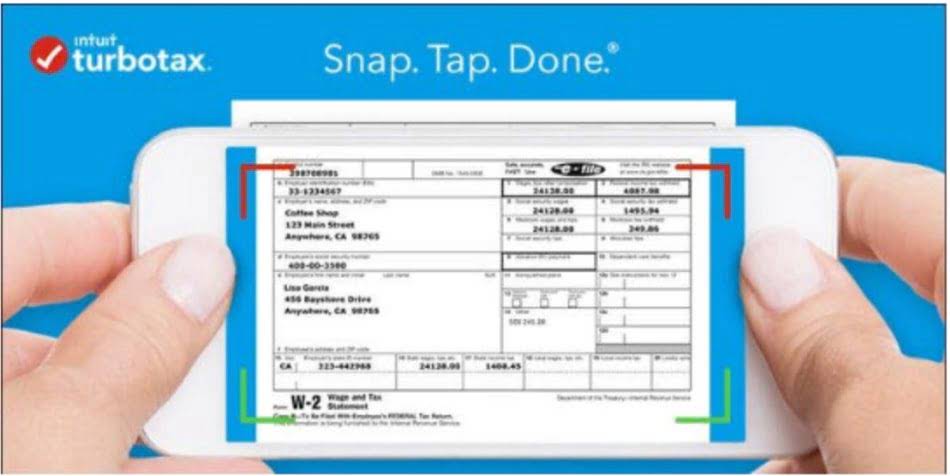Accounting Equation Definitions, Formula and Examples
Bookkeeping

Now that you are familiar with some basic concepts of the accounting equation and balance sheet let’s explore some practice examples you can try for yourself. Under all circumstances, each transaction must have a dual effect on the accounting transaction. For instance, if an asset increases, there must be a corresponding decrease in another asset or an increase in a specific liability or stockholders’ equity item. In accounting, we have different classifications of assets and liabilities because we need to determine how we report them on the balance sheet. The first classification we should introduce is current vs. non-current assets or liabilities.
Arrangement #3: Assets = Liabilities + Owner’s Capital – Owner’s Drawings + Revenues – Expenses

Creditors include people or entities the business owes money to, such as employees, government agencies, banks, and more. If you sold your assets for exactly what you paid for them and paid off the debt, equity is what you have left over. As the fintech industry continues to expand, memorizing accounting equations will become obsolete.
Assets, Liabilities, And Equity

Corporate shares are easily transferable, with the current holder(s) of the stock being the owners. Earnings give rise to increases in retained earnings, while dividends (and losses) cause decreases. Companies compute the accounting equation from their balance sheet.
Accounting Equation Explained – Definition & Examples

Long-term liabilities cover loans, mortgages, and deferred taxes. In addition, most companies capture expenses at a more detailed level, using accounts such as Rent Expense, Payroll Expense, Insurance Expense, and more. Mr Ram, a sole proprietor has the following https://www.bookstime.com/ transactions in his books of accounts for the year 2019. This equation reveals the value of assets owned purely by owner equity. The ingredients of this equation – Assets, Liabilities, and Owner’s equities are the three major sections of the Balance sheet.
The balance sheet always balances – Asset = Liability + Owner’s equities
- As our example, we compute the accounting equation from the company’s balance sheet as of December 31, 2021.
- Balance Sheets shown above and the Income Statement and detailed Statement of Stockholder’s Equity in this section.
- It is important to keep the accounting equation in mind when performing journal entries.
- This transaction would reduce cash by $9,500 and accounts payable by $10,000.
- For example, if you have a house then that is an asset for you but it is also a liability because it needs to be paid off in the future.
- Now that you are familiar with some basic concepts of the accounting equation and balance sheet let’s explore some practice examples you can try for yourself.
Corporations with shareholders may call Equity either Shareholders’ Equity or Stockholders’ Equity. For information pertaining to the registration status of 11 Financial, please contact the state securities regulators for those states in which 11 Financial maintains a registration filing. On 28 January, merchandise costing $5,500 are destroyed by fire. The effect of this transaction on the accounting equation is the same as that of loss by fire that occurred on January 20. On the other side of the equation, a liability (i.e., accounts payable) is created. Apple pays for rent ($600) and utilities ($200) expenses for a total of $800 in cash.
- The accounting equation is also called the basic accounting equation or the balance sheet equation.
- This article gives a definition of accounting equation and explains double-entry bookkeeping.
- We calculate the expanded accounting equation using 2021 financial statements for this example.
- If an accounting equation does not balance, it means that the accounting transactions are not properly recorded.
- The income and retained earnings of the accounting equation is also an essential component in computing, understanding, and analyzing a firm’s income statement.
- As we previously mentioned, the accounting equation is the same for all businesses.
Refer to the chart of accounts illustrated in the previous section. This article gives a definition of accounting equation and explains double-entry bookkeeping. We show formulas for how to calculate it as a basic accounting equation and an expanded accounting equation. Whether you call it the accounting equation, the accounting formula, the balance the basic accounting equation may be expressed as sheet equation, the fundamental accounting equation, or the basic accounting equation, they all mean the same thing. An error in transaction analysis could result in incorrect financial statements. Like any mathematical equation, the accounting equation can be rearranged and expressed in terms of liabilities or owner’s equity instead of assets.
- The difference of $500 in the cash discount would be added to the owner’s equity.
- 11 Financial’s website is limited to the dissemination of general information pertaining to its advisory services, together with access to additional investment-related information, publications, and links.
- The assets of the business will increase by $12,000 as a result of acquiring the van (asset) but will also decrease by an equal amount due to the payment of cash (asset).
- For instance, if an asset increases, there must be a corresponding decrease in another asset or an increase in a specific liability or stockholders’ equity item.
- For example, if a company becomes bankrupt, its assets are sold and these funds are used to settle its debts first.
